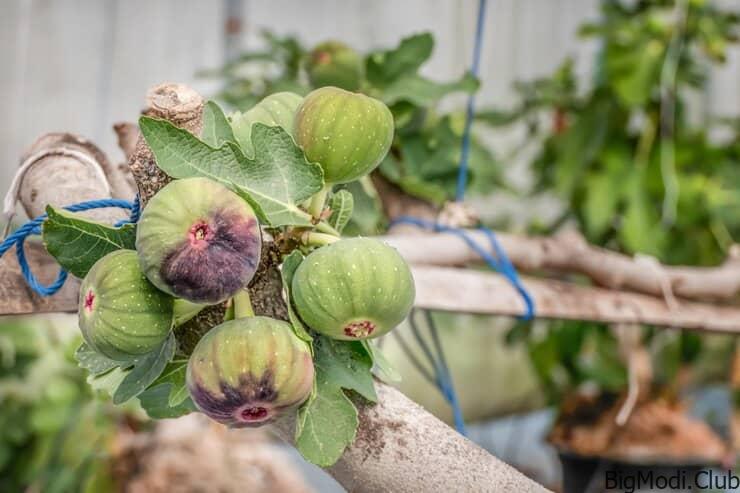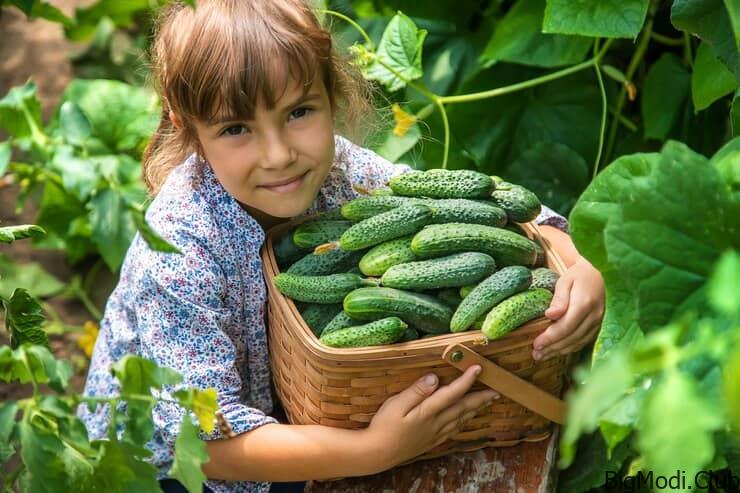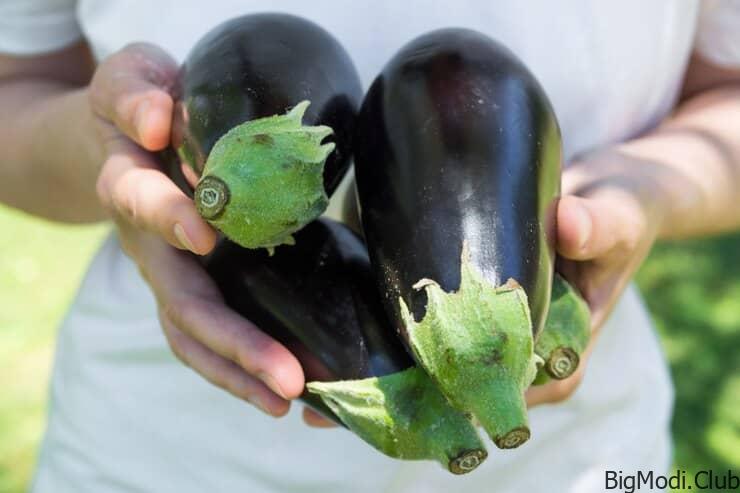Welcome to our comprehensive guide on growing winged beans. If you’re looking to save hundreds of dollars every month, then you’ve come to the right place. In this article, we’ll delve into the secrets of cultivating winged beans, a nutritious and versatile legume that’s gaining popularity among home gardeners and sustainable food enthusiasts alike.
Understanding Winged Beans
What are Winged Beans?
Winged beans, also known as Psophocarpus tetragonolobus, are tropical legumes native to Papua New Guinea. They are characterized by their unique winged pods, which contain nutritious seeds that resemble a cross between green beans and snow peas. Rich in protein, vitamins, and minerals, winged beans offer a sustainable source of food with numerous health benefits.
Why Grow Winged Beans?
Growing winged beans at home provides a multitude of benefits. Not only are they nutritious and delicious, but they also thrive in diverse climates, making them suitable for a wide range of gardeners. By cultivating your own winged beans, you can reduce your reliance on store-bought produce, save money on grocery bills, and enjoy the satisfaction of growing your own food.
Getting Started
Choosing the Right Location
Before you begin growing winged beans, it’s essential to select the optimal location for your garden. Winged beans prefer warm, sunny conditions and well-drained soil. Choose a spot in your garden that receives full sunlight for at least six hours a day and has good air circulation. Avoid planting in areas prone to waterlogging or excessive shade.
Preparing the Soil
Prepare the soil by loosening it with a garden fork or tiller to a depth of at least 8-10 inches. Remove any weeds, rocks, or debris, and incorporate organic matter such as compost or aged manure to improve soil fertility and structure. Winged beans thrive in slightly acidic to neutral soil with a pH range of 6.0-7.0.
Planting Winged Beans
Once the soil is prepared, it’s time to plant your winged beans. Sow seeds directly into the ground or start them indoors in biodegradable pots. Plant seeds 1 inch deep and space them 6-8 inches apart in rows or clusters. Water thoroughly after planting to ensure adequate moisture.
Care and Maintenance
Watering
Winged beans require consistent moisture throughout the growing season, especially during flowering and pod development. Water regularly, aiming to keep the soil evenly moist but not waterlogged. Mulching around the base of the plants can help retain soil moisture and suppress weeds.
Fertilizing
Apply a balanced fertilizer, such as a 10-10-10 NPK formulation, every 4-6 weeks to promote healthy growth and abundant yields. Avoid over-fertilizing, as excessive nitrogen can result in lush foliage but poor fruit set. Organic fertilizers, such as compost or fish emulsion, are also excellent choices for feeding winged bean plants.
Trellising
Winged beans are vigorous climbers and benefit from vertical support provided by trellises or stakes. Install trellises or bamboo poles at planting time and train the vines to climb as they grow. This not only saves space in the garden but also makes harvesting easier and reduces the risk of disease.
Harvesting and Storage
Harvesting
Winged beans typically begin producing pods 60-90 days after planting, depending on the variety and growing conditions. Harvest pods when they are young and tender, about 4-6 inches long, for the best flavor and texture. Use scissors or garden shears to snip the pods from the vine, taking care not to damage the plant.
Storage
Fresh winged beans can be stored in the refrigerator for up to a week in a perforated plastic bag or container. For longer-term storage, blanch the pods in boiling water for 2-3 minutes, then plunge them into ice water to stop the cooking process. Drain thoroughly, pack into airtight containers or freezer bags, and freeze for up to six months.
In conclusion, growing winged beans is a rewarding and sustainable addition to any garden. By following the tips and techniques outlined in this guide, you can enjoy a bountiful harvest of nutritious pods while saving money and reducing your ecological footprint. Whether you’re a novice gardener or a seasoned expert, winged beans are sure to delight your taste buds and nourish your body.



